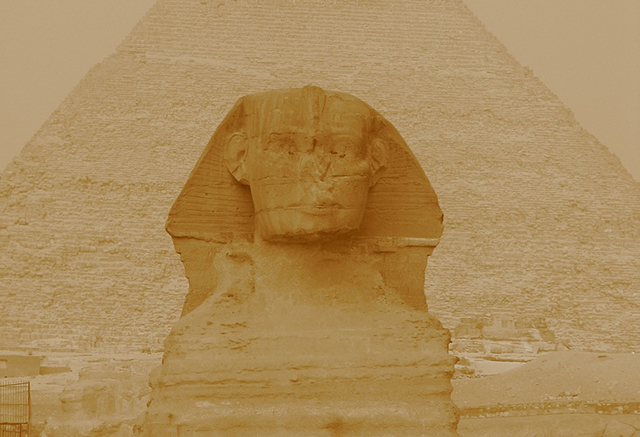7 Wonders of Africa
The 7 Wonders of the Africa are the iconic achievements from the continent. Many people see these as the best attractions of Africa when taking out the natural wonders of which Africa is mostly known.
Wildlife tops the minds of most people when they think of Africa, and it is the continent is the capitol for wildlife experiences. For wildlife and natural wonders, please visit the 7 Natural Wonders of Africa.
This site is focused primarily on the iconic achievements of mankind. As a representative of the 7 Wonders of the World, the Giza Pyramids serve as the Ambassador Wonder to the 7 Wonders of Africa.
Seven Wonders of Africa List:
Here is the list of the official 7 Wonders of Africa. The list is presented alphabetically and has no bearing on comparative significance:
- Abdeen Palace
- African Renaissance Monument
- Basilica of Our Lady of Peace
- Hassan II Mosque
- Hillbrow Tower
- Karnak
- Valley of the Kings
Welcome to the Seven Wonders of Africa. Here is a closer look at each wonder:
Abdeen Palace
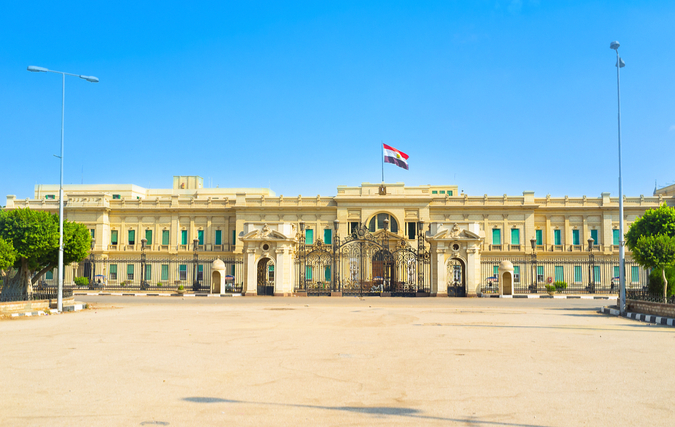
Abdeen Palace is possibly the largest palace in Africa and certainly the most luxurious. It is located in Cairo, Egypt and serves as one of the official residences and the primary workplace of the President of Egypt.
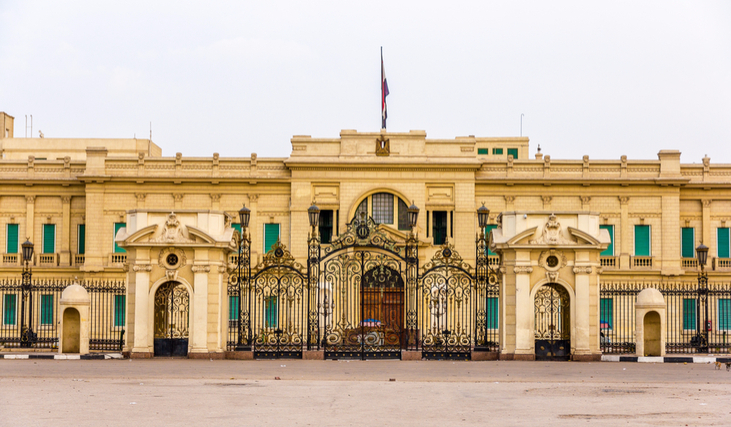
After 10 years, the palace was completed in 1874. Although, designed by French architecture, decorations were influenced with Egyptian, Italian, French, and Turkish input. The Abdeen Palace has 500 suites.
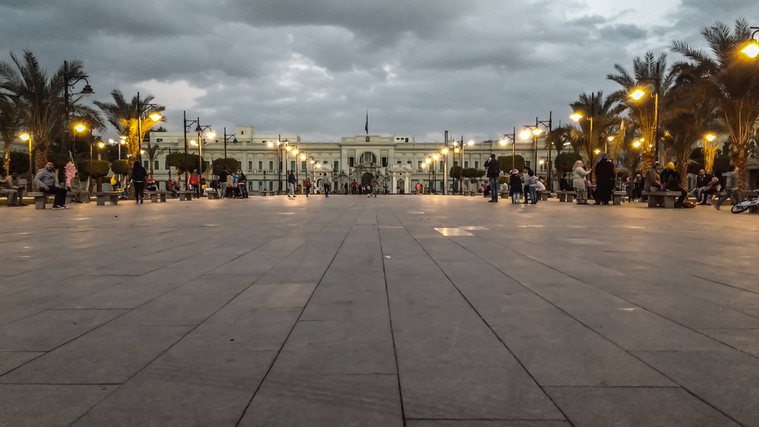
Today, the palace serves as a museum featuring the Arms Museum, the Silver Museum, the Royal Family Museum, the Historical Documents Museum, and the Presidential Gifts Museum. The upper floors are designated for foreign dignitaries. This wonder of Africa is easily a special attraction for Egypt.
African Renaissance Monument
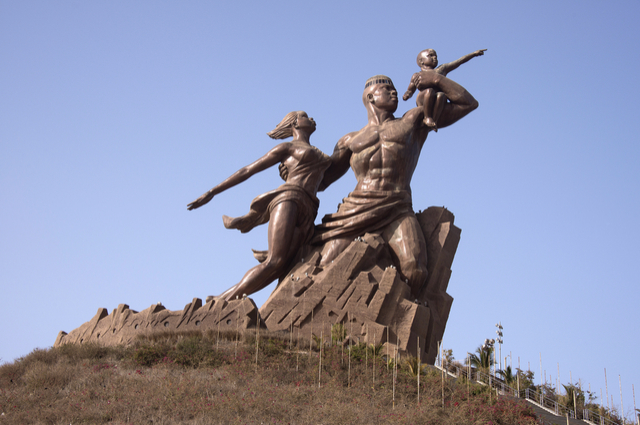
The African Renaissance Monument is the tallest statue in Africa. It reaches a height of 160 feet (49 m). Construction took four years and completed in 2010 with the official opening occurring April 4, 2010.
The African Renaissance Monument is a bronze statue erected to celebrate the 50th anniversary of Senegal’s independence from France. April 4, “National Day,” 2010 was the official anniversary date.
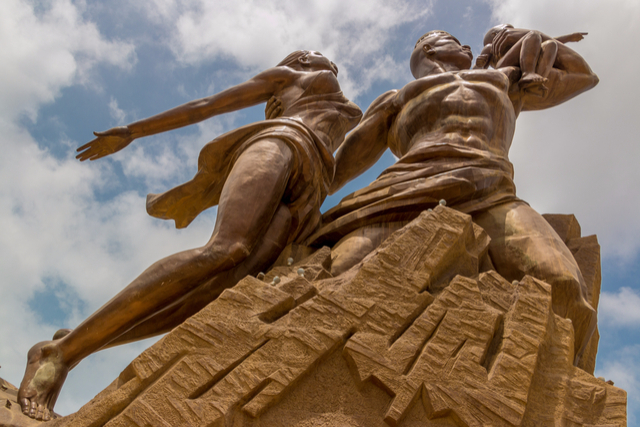
The African Renaissance Monument is located as an iconic attraction in Senegal. It is found on top of the twin hills known as Collines des Mamelles not far from the Capitol city Dakar. The statue features a 3-person, (man, woman and child) family group summiting the top of a mountain.
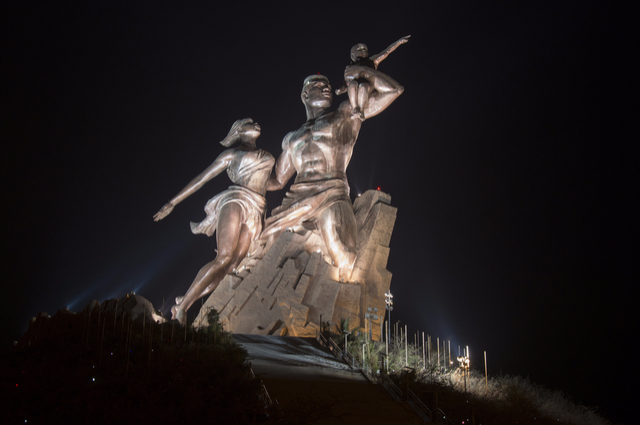
Senegal President Bingu stated, “This monument does not belong to Senegal. It belongs to the African people wherever we are.”
Basilica of Our Lady of Peace
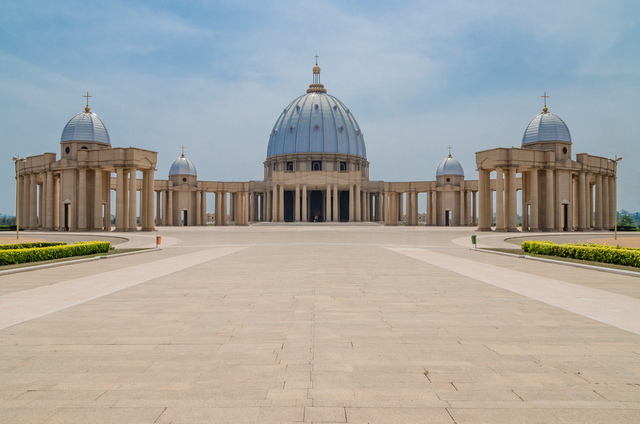
The Basilica of Our Lady of Peace is the largest church in the world. It measures 640 feet (195 m) long, 490 feet (150 m) wide. The church reaches a height of 518 feet (158 m) with the dome extending to 300 feet (90 m). It has an area of 320,000 square feet (30,000 sq m).
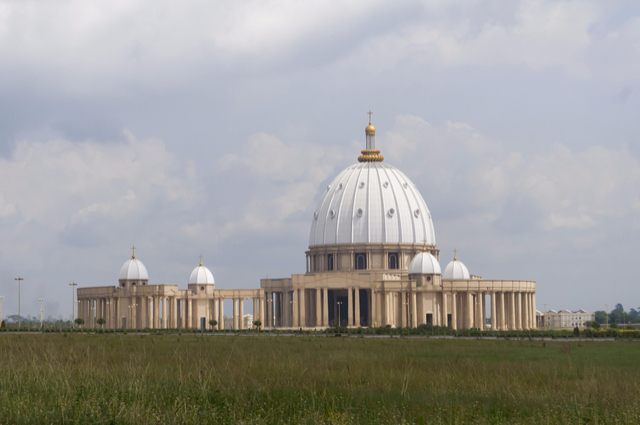
The Basilica of Our Lady of Peace was modelled after St. Peter’s Basilica at the Vatican. It was built with marble brought in from Italy and 75,000 square feet (7,000 sq m) of stained glass imported from France. The 7,000 pews are constructed from Iroko wood.
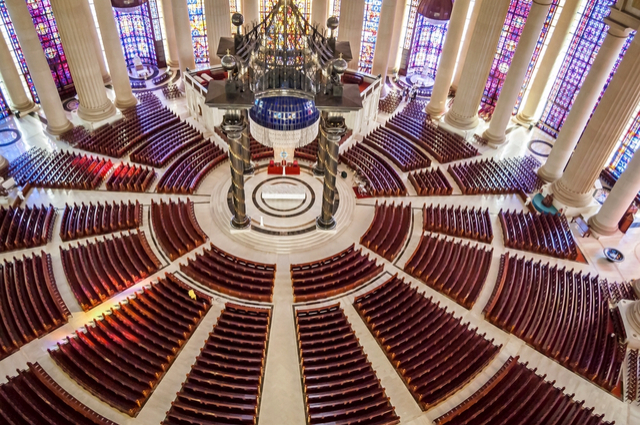
The church was given the nickname “Basilica in the Bush” because of its remote location. The Basilica of Our Lady of Peace is located in the Ivory Coast. It was constructed between the years 1985 through 1989.
Hassan II Mosque
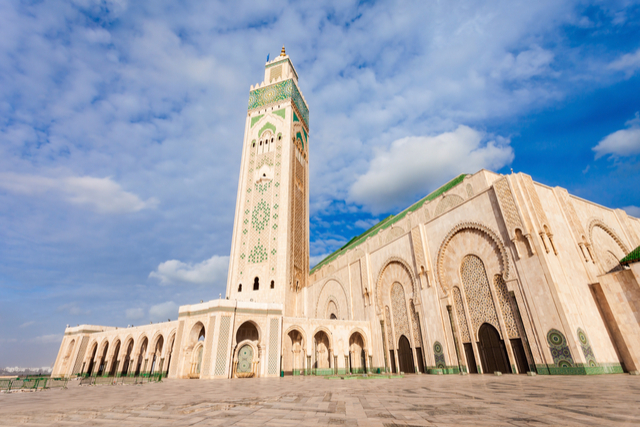
The Hassan II Mosque, also known as Grande Mosquee Hassan II, is a mosque located in Casablanca, Morocco. It is the largest mosque in Morocco, but garners it’s wonder status featuring the world’s tallest minaret reaching a height of 689 feet (210 m).
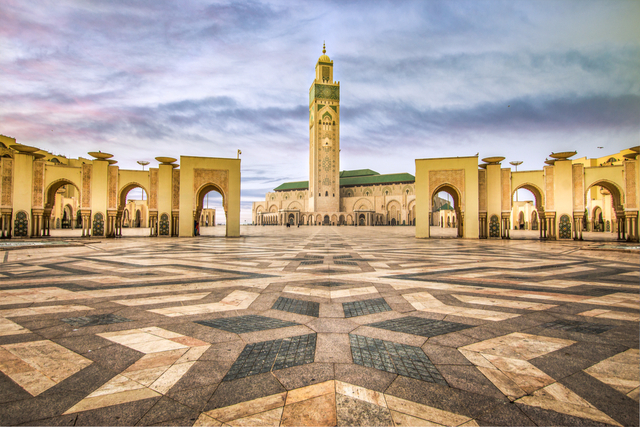
The Hassan II Mosque minaret is 60 stories high featuring a laser light on top that is directed towards Mecca. Construction was completed in 1993. It is comprised within a 22-acre (9 ha) complex that stretches between the El Hank lighthouse and the harbor.
The Hassan II Mosque holds 25,000 worshippers inside with another 80,000 praying from the outside grounds. The mosque piers out across the Atlantic Ocean and is protected from the ocean waves by two large breakwaters reaching heights of 33 feet (10 m).
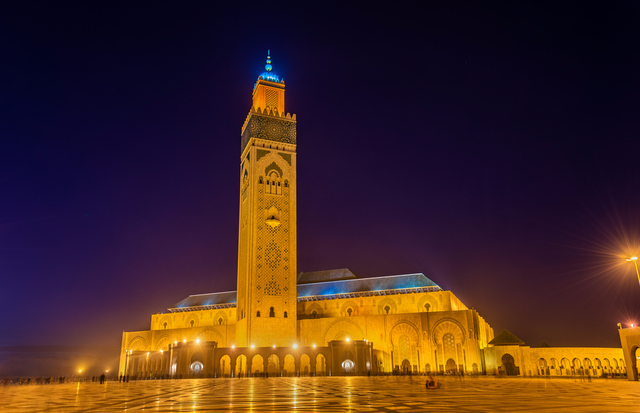
It features 41 ornately decorated fountains. The grounds are meticulous creating a welcoming place for family gatherings and picnics. The mosque includes Islamic, Moroccan, and Moorish influence for its design.
Hillbrow Tower
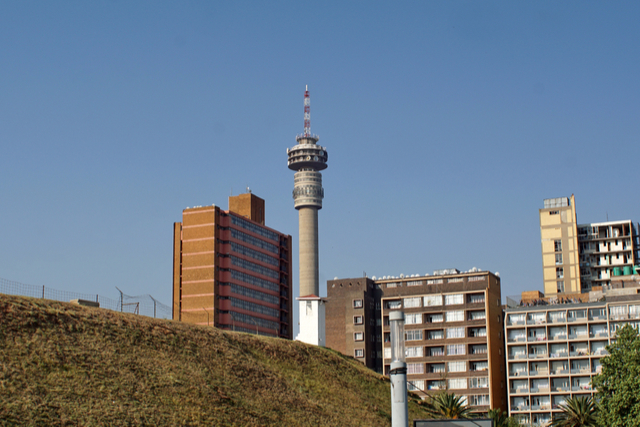
The Hillbrow Tower has been the tallest structure in Africa for over 45 years. It reaches a height of 883 feet (269 m). It was the tallest structure in the southern hemisphere for 7 years after completion in 1971, but remains the tallest structure in Africa.
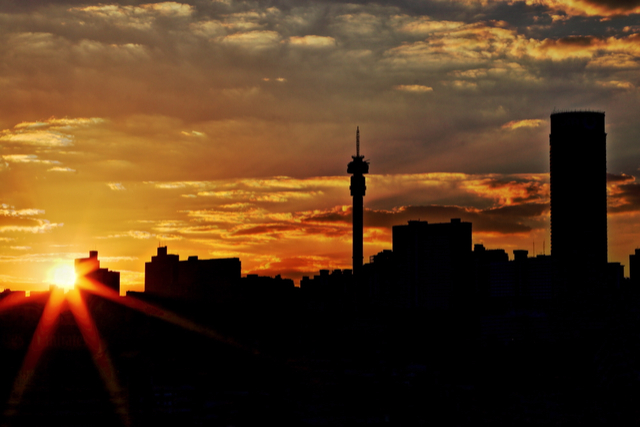
The Hillbrow Tower is an Africa attraction located in Johannesburg, South Africa. As a communication tower, it was imperative that it remained taller than the buildings erecting around it. It is an iconic part of the cityscape or skyline of Johannesburg.
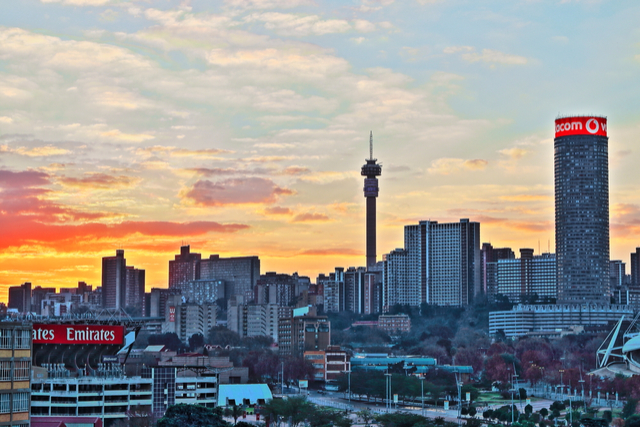
The Hillbrow Tower name was derived from the Hillbrow suburb of Johannesburg, South Africa where it is located. It was one of the most frequently visited tourist attractions until it closed in 1981 due to security reasons. Today, visitors admire the African attraction from various vistas and viewpoints.
Karnak
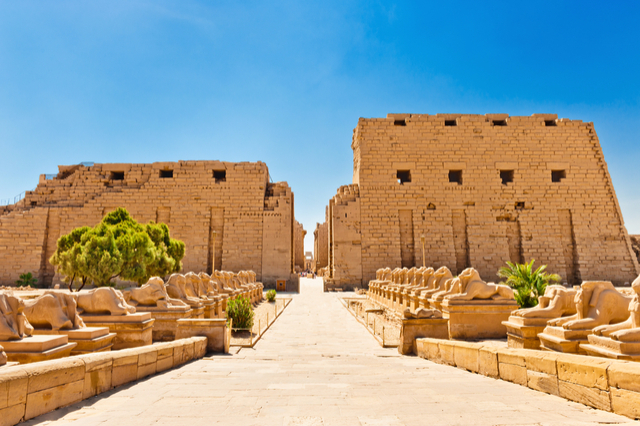
The Karnak Temple Complex is simply and frequently referred to as Karnak. It is the largest religious site in Africa, and it is the second largest in the world after Angkor Wat located in Cambodia.
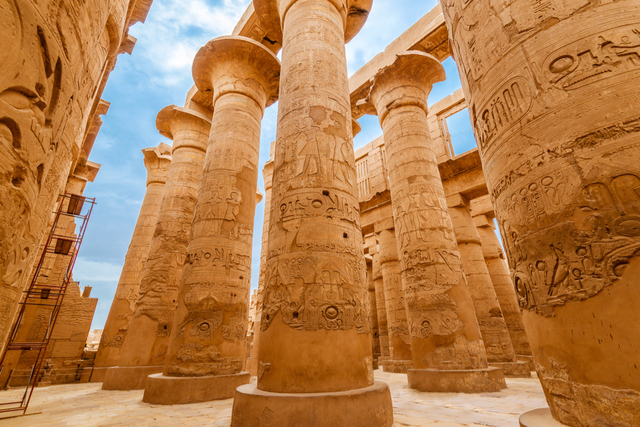
As an African attraction, Karnak is comprised of temples, pylons, chapels, and random buildings. Construction occurred over many years extending between the Middle Kingdom through to the Ptolemaic Kingdom. The number of visitors is only surpassed by the Pyramids of Giza, which are one of the 7 Wonders of the World.
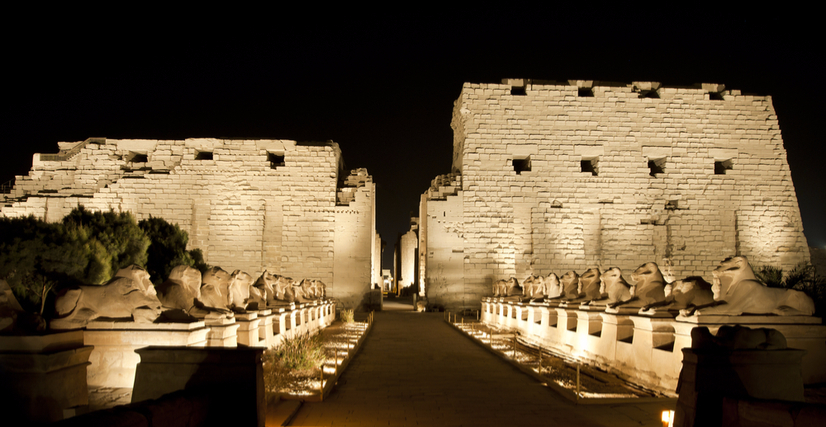
The Hypostyle Hall located in the Precinct of Amun-Re measures 50,000 square feet (5,000 sq m) and features 134 massive columns arranged in 16 rows. Karnak belongs on the red carpet being featured in the following:
- Transformers: Revenge of the Fallen
- Tomb Raider: The Last Revelation
- The Mummy Returns
- The Spy Who Loved Me
- Several others
The name is derived from the neighboring village of El-Karnak. The Precinct of Amun-Ra is the only part of Karnak open to the public. The other parts include, the Precinct of Montu, the Precinct of Mut, and the Temple of Amenhotep IV.
Valley of the Kings
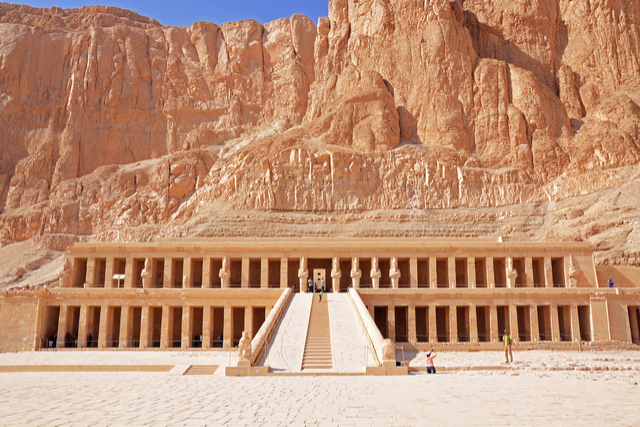
As one of the most significant archeological sites in the world, the Valley of the Kings served as the burial place for the pharaohs and powerful nobles of the New Kingdom for approximately 500 years. It is the largest collection of buried royal leaders.
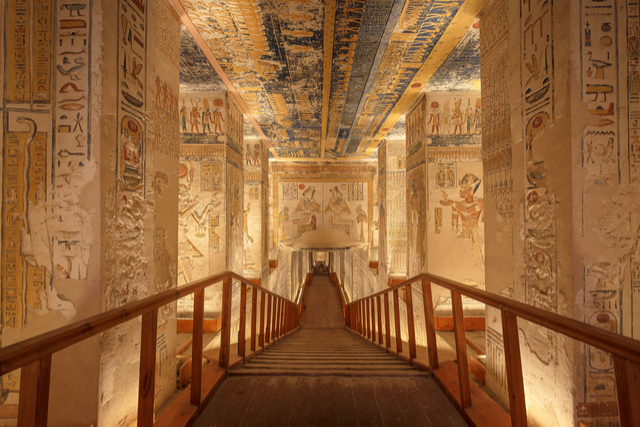
The Valley of the Kings, also called the Valley of the Gates of the Kings, is located in a valley near the west bank of the Nile and the city of Thebes. Pharaohs and nobles were buried here between the 16th and 11th century BC.
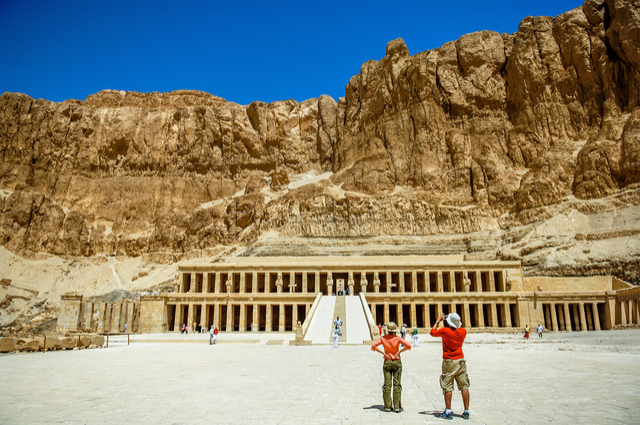
The Valley of the Kings is comprised of at least 63 tombs and chambers, with them varying in sizes from a simple pit to larger tombs with around 120 chambers. Most tombs are decorated with religious texts and images.
